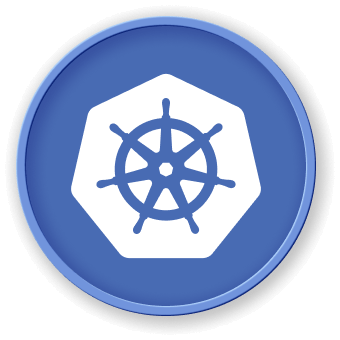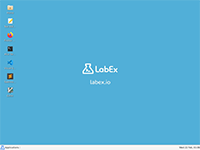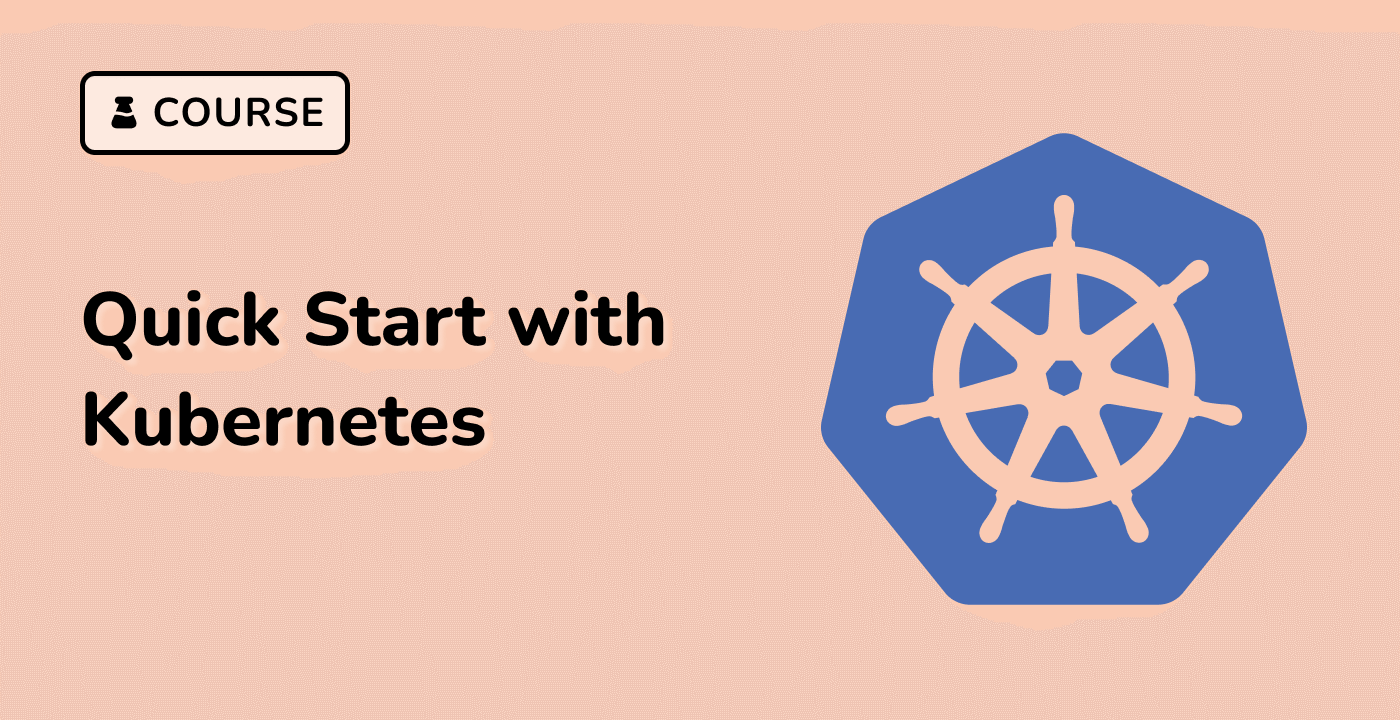Introduction
This comprehensive tutorial explores Kubernetes ConfigMap fundamentals, providing developers and DevOps professionals with practical insights into managing configuration data dynamically and efficiently within containerized environments. By understanding ConfigMap creation, mounting techniques, and advanced strategies, readers will gain powerful skills for decoupling application configurations from container images.



